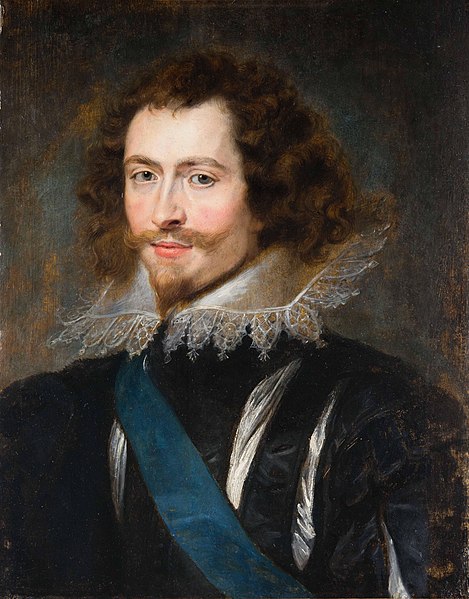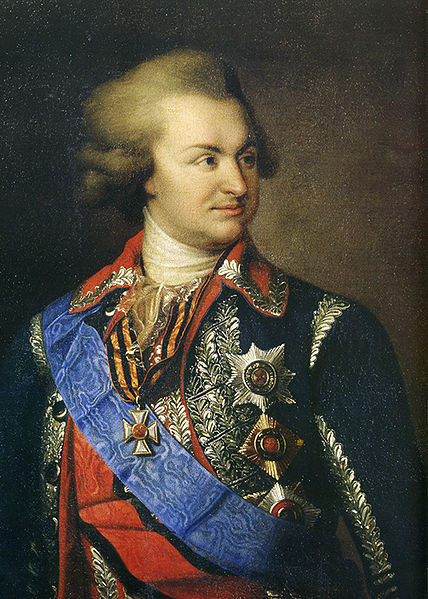John Brown was a Scottish personal attendant and favourite of Queen Victoria for many years after working as a ghillie for Prince Albert. He was appreciated by many for his competence and companionship, and resented by others for his influence and informal manner. The exact nature of his relationship with Victoria was the subject of great speculation by contemporaries.
Brown, c. 1860s
A young John Brown as sketched by Queen Victoria
Queen Victoria with John Brown at Balmoral
Statue of John Brown in the grounds of Balmoral
A favourite was the intimate companion of a ruler or other important person. In post-classical and early-modern Europe, among other times and places, the term was used of individuals delegated significant political power by a ruler. It was especially a phenomenon of the 16th and 17th centuries, when government had become too complex for many hereditary rulers with no great interest in or talent for it, and political institutions were still evolving. From 1600 to 1660 there were particular successions of all-powerful minister-favourites in much of Europe, particularly in Spain, England, France and Sweden.
Equestrian portrait of the Count-Duke of Olivares by Diego Velázquez.
The Duke of Buckingham by the workshop of Rubens
Cardinal Richelieu, one of the most successful from the golden age of the favourite
Prince Grigory Potemkin








